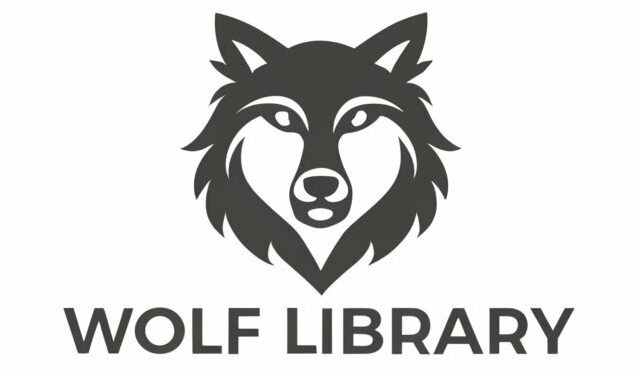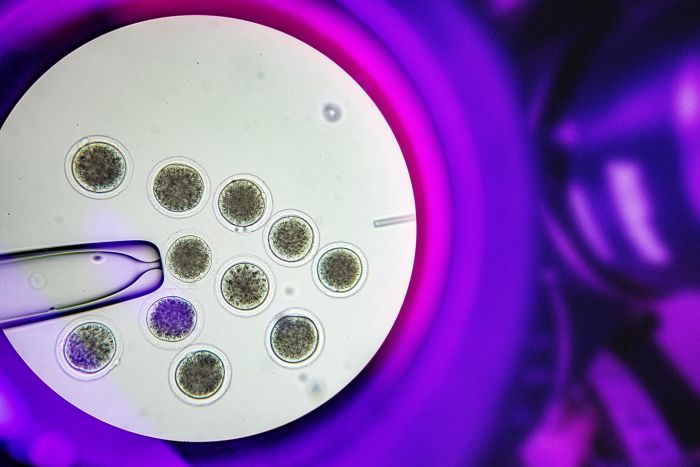The successful resurrection of dire wolves has transformed Colossal Biosciences from a de-extinction company into a conservation pioneer, demonstrating how breakthrough genetic technologies can create entirely new approaches to species preservation. The Dallas-based biotech firm’s achievement in bringing back the Ice Age predator after 13,000 years has opened doors to innovative partnerships and funding models that extend far beyond simply reviving extinct animals.
Since announcing the birth of Romulus, Remus, and Khaleesi in April 2025, Colossal has leveraged its dire wolf success to develop what CEO Ben Lamm calls “scalable de-extinction systems” that directly benefit endangered species today. The same technologies that created the world’s first de-extinct mammals are now being applied to rescue critically endangered animals, particularly the red wolf—North America’s most endangered canid.
Conservation Through Innovation
Colossal’s breakthrough lies not just in bringing back extinct species, but in developing less invasive conservation tools that can help species on the brink. The company successfully produced two litters of red wolves using its EPC blood cloning platform, a non-invasive technique developed during the dire wolf research. This technology allows scientists to create viable embryos from blood samples rather than requiring tissue biopsies that could harm endangered animals.
“This scientific breakthrough is more than a lifeline for the American red wolf—it’s a model for future species recovery,” Lamm explained. “By merging cutting-edge biotechnology with habitat protection, policy reform, and on-the-ground conservation, we have the first hope to not just halt extinction, but to reverse it.”
The impact could be transformative for red wolf conservation. With fewer than 20 individuals remaining in the wild, the red wolf population descended from just 12 founding animals, creating dangerous genetic bottlenecks. Colossal’s red wolf pups, derived from three distinct cell lines, could increase the genetic diversity of the captive breeding population by 25 percent—a substantial boost for a species teetering on extinction.
Indigenous Partnerships Reshape Conservation Models
Perhaps most significantly, Colossal’s success has enabled the company to forge partnerships with Indigenous communities that create new models for conservation stewardship. The company’s collaboration with New Zealand’s Ngāi Tahu Research Centre for the moa de-extinction project represents what Colossal calls “a historic indigenous-coordinated initiative.”
This partnership goes beyond traditional conservation funding by integrating cultural knowledge, economic opportunities, and scientific innovation. The Ngāi Tahu will lead the moa project while ensuring Māori communities benefit from ecotourism partnerships and carbon credit modeling. Educational programs for Māori youth will build future capacity in conservation science, while traditional ecological knowledge guides how technologies are deployed.
“This partnership represents a new model where indigenous leadership guides scientific endeavors,” Lamm stated, describing how these collaborations could be replicated globally.
The MHA Nation, Nez Perce Tribe, and other Indigenous communities have similarly embraced Colossal’s work. “The dire wolf carries the echoes of our ancestors, their wisdom, and their connection to the wild,” said MHA Nation Tribal Chairman Mark Fox. “Its presence would remind us of our responsibility as stewards of the Earth—to protect not just the wolf, but the delicate balance of life itself.”
Technology Transfer Creates Conservation Impact
The Colossal’s dire wolf project has generated what conservation experts call “spillover benefits” for multiple endangered species. Dr. Barney Long from Re:wild emphasized how Colossal’s genetic technologies could “greatly speed up the recovery of species on the brink of extinction” through applications like restoring lost genes to small, inbred populations and inserting disease resistance into imperiled species.
Beyond wolves, the company is applying similar techniques to the Gulf Coast canids of Texas and Louisiana, unique animals that carry lost red wolf DNA. Research partnerships with Princeton University and Michigan Technological University are using Colossal’s genomic tools to understand and preserve this genetic heritage.
The technologies developed for dire wolf de-extinction are also advancing conservation efforts for other species. Colossal has used these tools to create genetic rescue programs that could be applied to hundreds of endangered species facing similar genetic bottlenecks.
Economic Models for Conservation Sustainability
Colossal’s approach extends beyond scientific innovation to create sustainable economic models for conservation. The company has established the Colossal Foundation with $50 million in funding specifically for wildlife conservation and genetic rescue technologies, making these tools available to conservation organizations worldwide.
Rather than treating de-extinction as a standalone business, Colossal integrates species preservation with habitat restoration, policy reform, and community economic development. The New Zealand moa project exemplifies this approach by combining genetic engineering with ecotourism revenue, carbon credit systems, and local job creation.
This model addresses a persistent challenge in conservation: long-term funding sustainability. By creating revenue streams through scientific tourism, educational programs, and ecosystem services, Colossal’s partnerships provide ongoing financial support for conservation efforts.
Scaling Conservation Innovation
The success of Colossal’s dire wolves has validated an approach that conservation biologist Kristin Brzeski describes as revolutionary: “The tools Colossal has developed for de-extinction will radically improve conservation practitioners’ abilities to ensure population redundancy and genetic viability for dwindling species.”
As the company expands its pipeline to include the woolly mammoth, dodo, and thylacine, each project creates additional opportunities to develop conservation applications. The dire wolf breakthrough has proven that de-extinction technologies can serve immediate conservation needs while working toward longer-term species resurrection goals.
Looking forward, Colossal’s model suggests a future where conservation combines cutting-edge genetic engineering with community-led stewardship and sustainable economics. The company’s partnerships with Indigenous communities, conservation organizations, and scientific institutions demonstrate how technological innovation can support rather than supplant traditional conservation approaches.
The dire wolf success story illustrates that the most significant impact of de-extinction may not be the return of extinct species, but the development of powerful new tools and partnerships that help prevent extinctions from occurring in the first place. Through this approach, Colossal Biosciences is not just making extinction optional—it’s making conservation more effective, inclusive, and sustainable.

